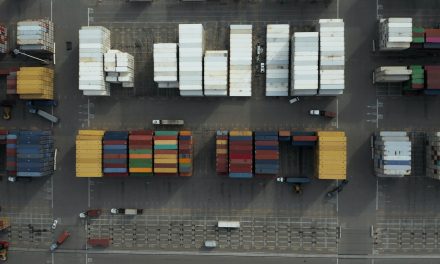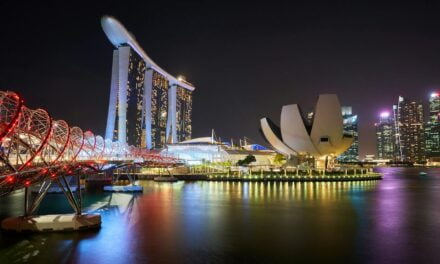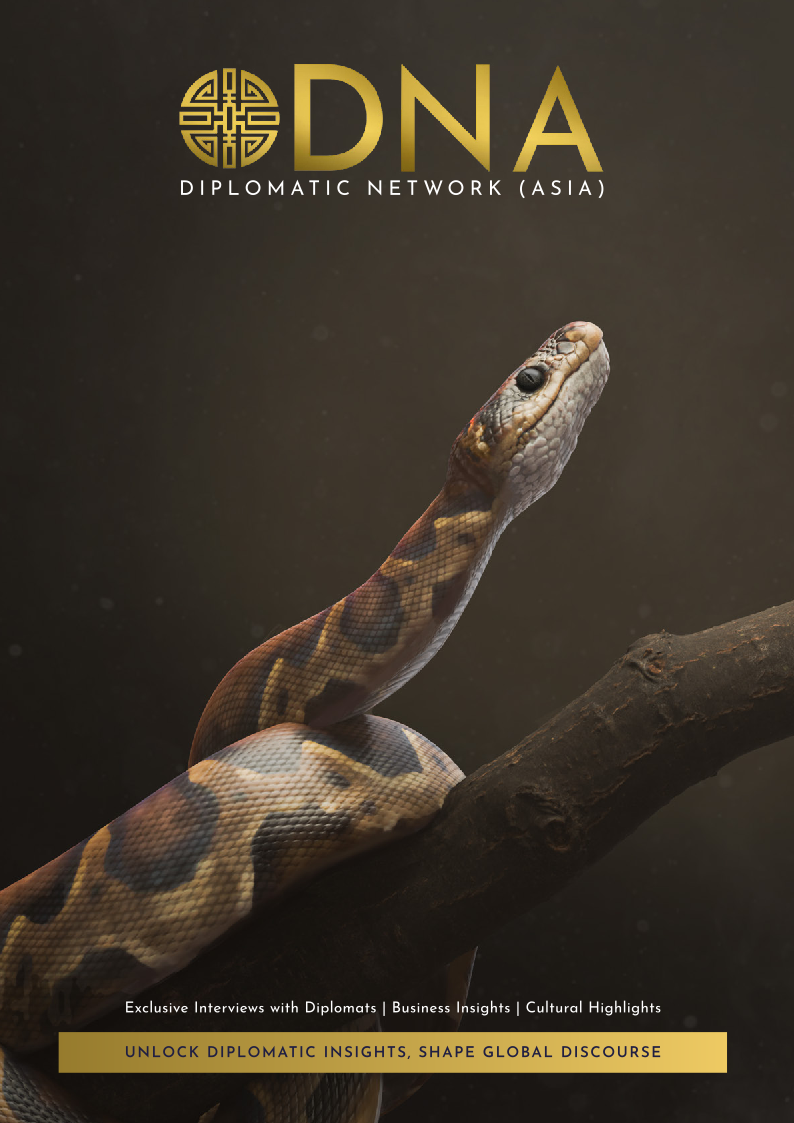In the dynamic landscape of Asia Pacific tourism, the post-pandemic era is characterized by evolving consumer preferences and unprecedented challenges.
As regions recover, the Pacific Asia Travel Association stands at the forefront, guiding destinations through these transformative times.
In mid-June, PATA released insights highlighting the shift in tourism trends, from the surge of affluent tourists in 2022 seeking nature and relaxation, to current trends focusing on value for money, seamless digital experiences, and travel that aligns with personal values.
In this exclusive interview, Diplomatic Network (Asia) speaks with PATA CEO Noor Ahmad Hamid to delve into how these shifts are influencing regional economies, especially those heavily dependent on tourism.
Hamid discusses the strategies adopted to attract tourists from diverse markets amid the lag in Chinese outbound tourism, the responsible use of artificial intelligence in travel marketing, and PATA’s commitment to sustainable tourism practices.
He also explores how diplomatic missions and international organizations can collaborate with PATA to bolster the recovery and growth of the tourism sector in the Asia Pacific region.
How are the evolving consumer preferences and habits in the Asia Pacific tourism sector influencing regional economies, especially those heavily dependent on tourism?
Evolving consumer preferences and habits are significantly influencing regional economies in the Asia Pacific region, especially those heavily reliant on tourism. Travelers are increasingly seeking unique, personalized, experience-driven journeys, prioritizing wellness, sustainability, and authenticity.
This shift has led destinations to diversify their offerings, investing in eco-tourism, cultural experiences, and digital innovations to cater to these demands. Furthermore, as visitors are willing to spend more on unique experiences, economies can benefit from this higher-value tourism.
Nevertheless, it also necessitates investment in infrastructure, training, and sustainable practices to ensure long-term growth and resilience. PATA supports these efforts by providing insights and facilitating best practice sharing among our members.
With Chinese outbound tourism still lagging, how are countries in the Asia Pacific region adapting their strategies to attract tourists from other markets such as Australia, Europe, and the USA?
With the lag in Chinese outbound tourism, destinations in the Asia Pacific region are certainly focusing their efforts on markets such as Australia, Europe, the USA, and India, but they are also diversifying their target markets to attract tourists from new regions in the Middle East, Central Asia and within the sub-regions.
To achieve these goals, they are tailoring marketing campaigns to appeal to specific market segments, highlighting unique experiences and seamless travel journeys. Destinations are continuing to also leverage digital marketing and social media to reach a broader audience, showcasing the region’s diverse attractions and ensuring that travel experiences are aligned with the expectations of these markets.
Furthermore, we have seen the introduction of new visa policies across the region to further attract visitors. PATA aids in these efforts by providing market intelligence and fostering international partnerships.
How does PATA plan to address concerns around artificial intelligence and ensure AI is used responsibly in the tourism sector?
PATA recognizes the concerns regarding the use of AI in travel marketing, particularly around data privacy, ethical considerations, and the potential for job displacement.
To address these, we are committed to promoting responsible AI use through industry guidelines and best practices. PATA is looking to facilitate educational webinars and workshops to inform stakeholders about ethical AI applications, data protection, transparency and be prepared for any cyber threats.
Additionally, we hope to collaborate with tech experts and regulatory bodies to develop frameworks that ensure AI enhances rather than undermines the human elements of travel. Our goal is to ensure that AI serves to improve customer experiences while maintaining trust and integrity in the tourism sector.
With a growing preference for sustainable and authentic local tourism experiences, how is PATA supporting destinations in developing and promoting sustainable tourism practices?
PATA is deeply committed to supporting sustainable tourism practices across the Asia Pacific region. We assist destinations in developing and promoting sustainable tourism through various initiatives.
These include providing training and resources on sustainable practices, facilitating partnerships between local communities and tourism businesses, and promoting eco-friendly and culturally respectful tourism products. Our Sustainability Resource Centre offers tools and frameworks to help destinations assess and improve their sustainability efforts.
Additionally, we highlight success stories and best practices through our communications channels to inspire and guide others. By fostering a sustainable approach, we aim to enhance the long-term viability and attractiveness of our member destinations.
How can diplomatic missions and international organizations collaborate with PATA to support the recovery and growth of tourism in the Asia Pacific region?
Diplomatic missions and international organizations can play a crucial role in supporting the recovery and growth of tourism in the Asia Pacific region by collaborating with PATA.
They can facilitate the exchange of information and best practices, help streamline visa and travel policies, and support joint marketing initiatives to promote the region globally. Collaborative efforts in capacity building, sustainability projects, and crisis management can also enhance regional resilience.
PATA welcomes partnerships that leverage the strengths and resources of diplomatic and international entities to create a unified approach to tourism development.HamiBy working together, we can drive recovery efforts to ensure sustainable, inclusive growth for the region’s tourism industry and focus on the importance of the visitors’ economy.







